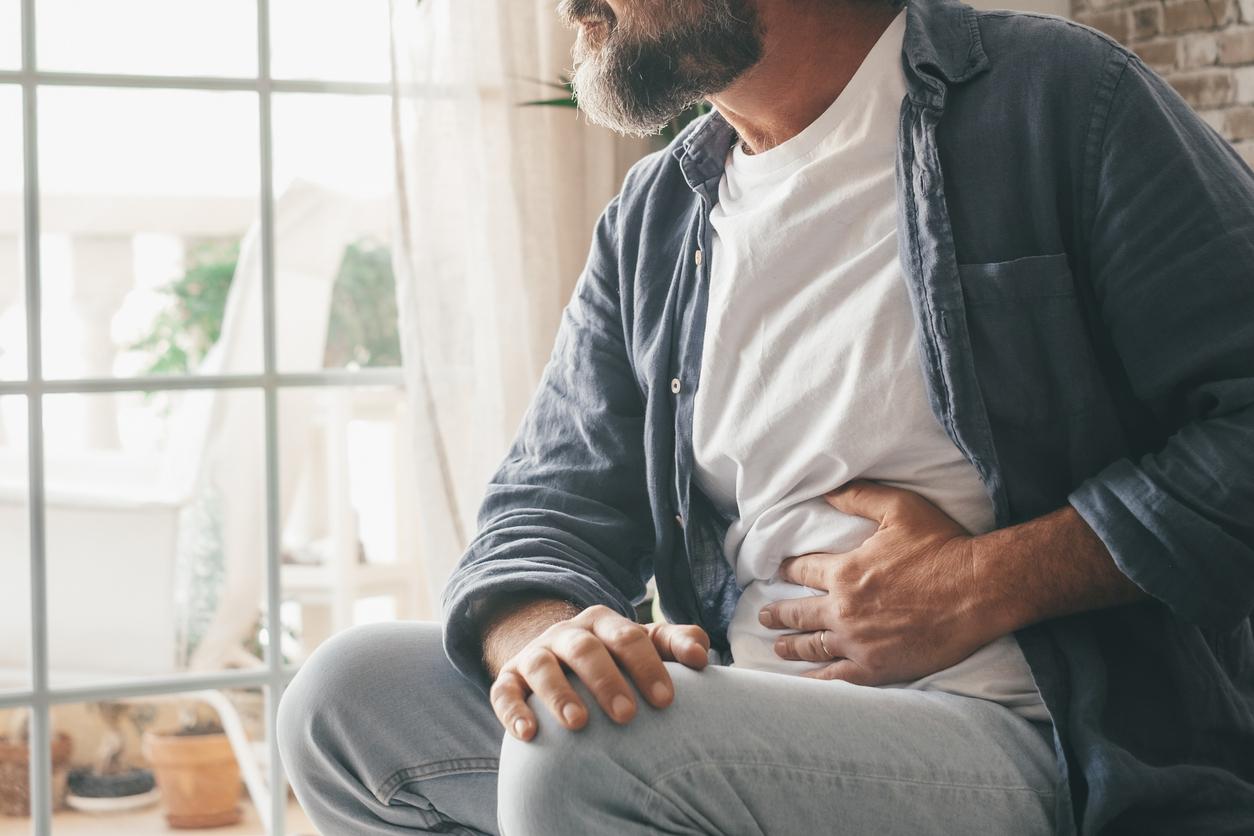It is often in fine weather, when we finally discover our legs to show off in a swimsuit on the beach, that we are more interested in spider veins or varicose veins that we hid under jeans or tights. These bluish marks are due to a circulation problem which causes dilated veins, sometimes tortuous. Instead of pumping blood back to the heart, defective veins let it flow down to the feet.
What are varicose veins due to?
It is the fault of the valves, kinds of small valves present every two to three centimeters along the veins. Normally, these valves open to let the blood flow upwards and close to keep it from coming back down. When the veins are dilated, they “leak” and blood flows down the legs. We speak of chronic venous insufficiency. Heredity plays an important role. “If your grandmother or your father have varicose veins, you have a good chance of having them, confirms Dr. Claudine Hamel-Desnos, vascular doctor, president of the French Society of Phlebology. Age, overweight, prolonged standing, or repeated pregnancies are contributing factors. “
How to treat varicose veins?
To get rid of it, you have to make an appointment with a phlebologist. Once the diagnosis has been made, he can, if necessary, recommend to his patient, or his patient (Varicose veins affect 20 to 35% of French people, including 70% of women), to remove these varicose veins to find beautiful legs and / or avoid them. complications (leg ulcer, phlebitis, etc.). We remove only the “superficial veins, that is to say close to the skin. However, they carry only 10% of the venous blood, against 90% for the deep venous system. Remove those which are diseased, and therefore unnecessary, does not involve any risk: immediately, blood circulation is restored more effectively, in the remaining veins.
What are the main treatments for varicose veins?
>> Foam sclerotherapy. “We inject foam, with a fine needle and in different places of the diseased vein” , describes Dr. Hamel-Desnos. The targeted vein retracts, turns into a fibrous cord and self-destructs.
- Most : the foam (mixture of lauromacrogol 400 and air) is much more effective than the liquid previously used. “The session, performed in the doctor’s office, lasts less than 30 minutes.” It does not require anesthesia, does not hurt. We come out ready to dive back into our daily lives.
- The lessers. Two to four sessions are necessary to overcome varicose veins. If the sclerotherapy is very effective for dilations of small diameter, above 6 to 8 mm, it is better to switch to thermal. Finally, there is a risk of recurrence (25% approximately five years after treatment).
>> Surgery. The surgeon cuts the saphenous vein – superficial vein of the leg – sick at its ends before tearing it out. It is the stripping, which comes from the English “strip” (to tear). A technique that is more than a century old.
- Most. “She has little and she is losing speed, says Dr. Hamel-Desnos. Stripping should no longer be performed outside of rare indications, such as saphenous veins with very large dilations.”
- The lessers. “Most of the time carried out under general anesthesia, it is the most painful treatment. It causes a lot of bruising, requires a day of hospitalization, and the average duration of sick leave after stripping is 26 days! recurrences are also more complicated to resume, because they give varicose veins that go in all directions, very tortuous. “
>> Thermal ablation.Rather than pulling out the vein, to destroy it, we heat it from the inside. By laser or radiofrequency, introduced into the vein using a catheter. “The vein is left in place, it fibrosis on its own, then disappears. “
- Most. “This is the gold standard treatment for saphenous veins,” says Dr. Hamel-Desnos. Much less traumatic than surgery, but very effective, these techniques expose to fewer recurrences and complications.
- The lessers. “The treatment is carried out under local anesthesia, called ‘by tumescence’. Small punctures are made along the vein, which is a bit unpleasant.”
Read also :
- Varicose veins: is sclerotherapy dangerous?
- Spider veins: what can the laser do?
- Good reflexes to avoid varicose veins


















